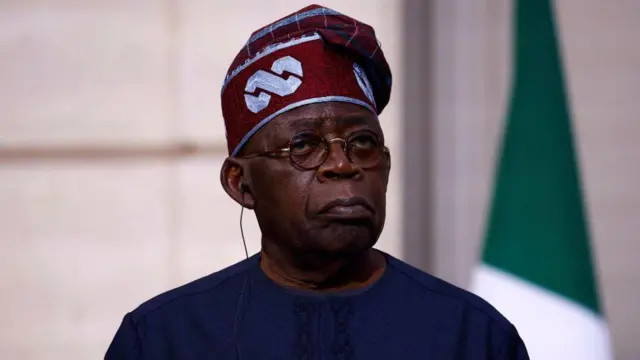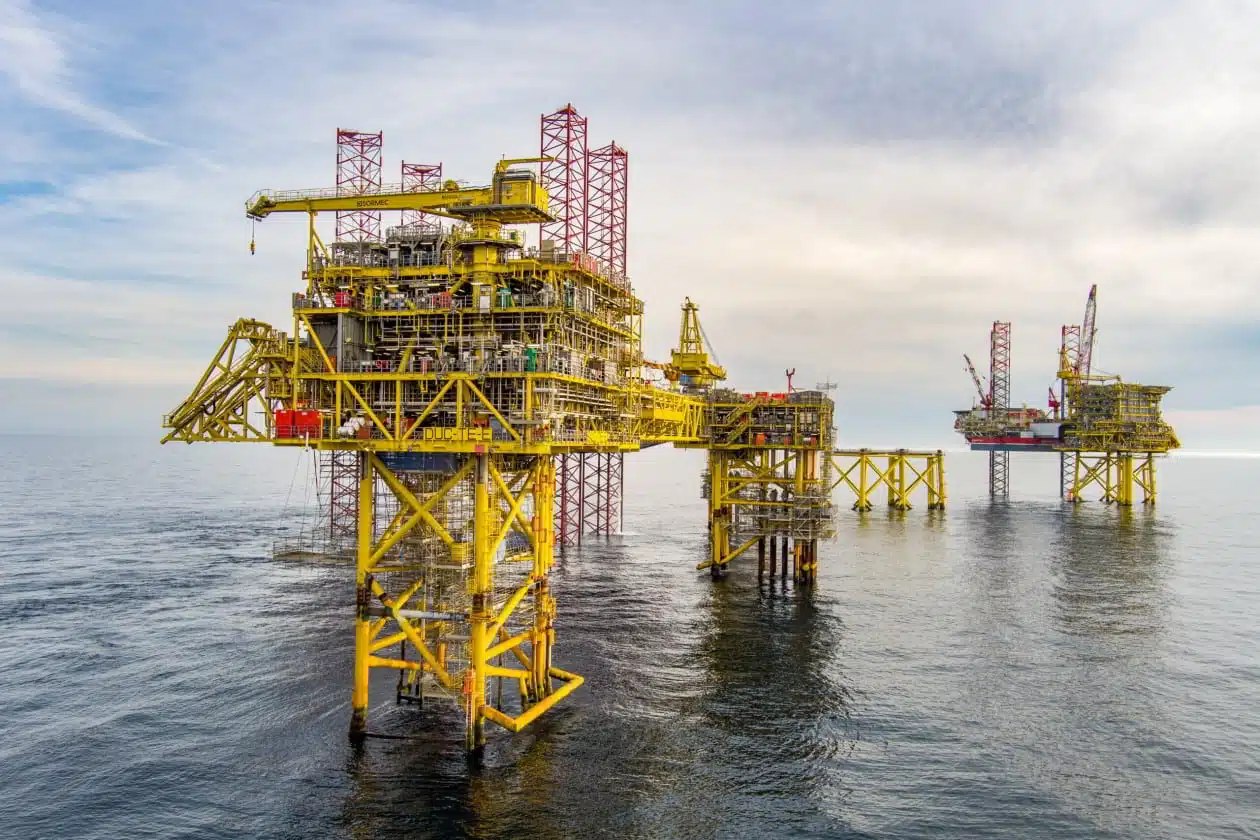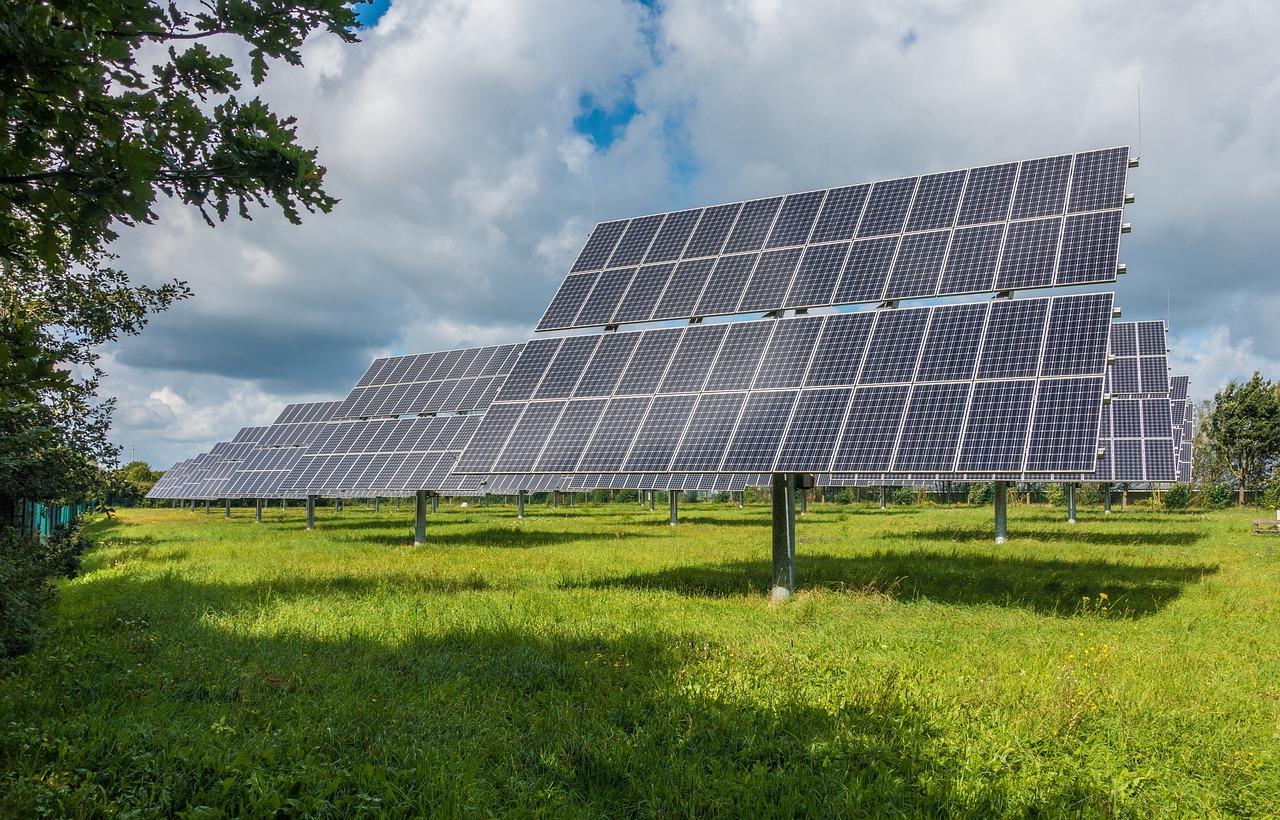The United States has, for the first time, exported more crude oil to Nigeria than it imported from the West African nation, according to a new report by the U.S. Energy Information Administration (EIA).
The shift occurred in February and March 2024, as Nigeria’s Dangote refinery ramped up operations and U.S. domestic demand eased due to refinery maintenance.
The Washington-based agency said on Tuesday that the reversal in trade patterns was influenced by simultaneous developments in both countries.
While Nigeria increased its intake of crude to feed its new refinery, the U.S. experienced a temporary slowdown in imports due to maintenance at key refining facilities on the East Coast.
Details of the trade transaction
Accordingly, EIA said that the United States shipped 111,000 barrels per day (bpd) of crude to Nigeria in February and 169,000 bpd in March.
Meanwhile, its imports from Nigeria dropped from 133,000 bpd in January to 54,000 bpd in February and 72,000 bpd in March, EIA data showed.
According to the agency, the reduced imports were largely tied to planned maintenance at the Phillips 66 Bayway refinery in New Jersey, a regular buyer of Nigerian crude.
The drop in demand created surplus volumes available for export.
At the same time, Nigeria’s Dangote refinery located in Lekki, Lagos increased its feed stock intake as it prepared for commercial production.
The refinery, which began processing crude in January 2024, is the largest in Africa and is expected to reach full operating capacity of 650,000 b/d by the end of the year.
The EIA explained that the combination of U.S. refinery downtime and Nigeria’s growing appetite for input crude created a unique trade scenario during the two month window.
“This pattern reflects the flexible nature of global crude oil markets,” the agency stated.
Beyond this, the EIA said the U.S.–Nigeria trade flows remain subject to changes in regional demand, refinery schedules, and shipping dynamics.
While the temporary trade inversion drew attention, it does not indicate a long term structural change in the relationship between the two countries.











